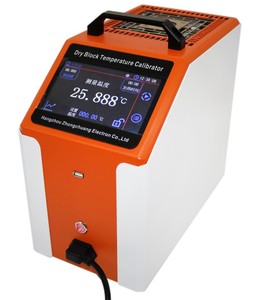Understanding Temperature Instrumentation Calibration
Temperature instrumentation calibration is an essential process that ensures the accuracy and reliability of temperature measuring instruments. In an industry where precision is pivotal, proper calibration guarantees that the instruments provide correct readings, which are critical for maintaining quality standards and safety in various operational sectors. Calibration minimizes errors and improves product quality, leading to cost savings and optimized processes.
Types of Temperature Instrumentation Calibration
- Liquid-in-glass Thermometer Calibration: This involves calibrating traditional glass thermometers filled with liquid, typically mercury or colored alcohol, to ensure precision in temperature measurement.
- Thermocouple Calibration: Thermocouples convert temperature differences into electric voltage; thus, this calibration process ensures the thermoelectric response is accurate.
- Resistance Temperature Detector (RTD) Calibration: RTDs measure temperature by correlating the temperature with the electrical resistance of the sensor, necessitating precise calibration for accuracy.
- Infrared Thermometer Calibration: This method uses the temperature emitted from an object to measure its temperature without direct contact, with calibration essential for accuracy over varying distances and conditions.
Applications of Temperature Instrumentation Calibration
- Manufacturing: In manufacturing environments, accurate temperature measurement is vital for maintaining quality control and adherence to safety standards.
- Aerospace: Calibration ensures instruments used in aircraft are functioning optimally, promoting safety in operations under extreme temperature conditions.
- Food Processing: Temperature accuracy in food production is critical for safety regulations and quality assurance, making calibration indispensable in this field.
- Pharmaceuticals: Temperature instrumentation calibration is crucial in maintaining the efficacy of products sensitive to temperature fluctuations, ensuring compliance with regulatory standards.
Advantages of Temperature Instrumentation Calibration
- Improved Accuracy: Regular calibration minimizes measurement errors, enhancing the precision of temperature readings.
- Enhanced Product Quality: Through accurate temperature control, companies can ensure consistent product quality and performance.
- Regulatory Compliance: Proper calibration supports adherence to industry regulations, avoiding fines or legal issues.
- Increased Safety: Accurate temperature measurements prevent potential hazards, promoting a safer working environment.
- Cost Savings: With improved accuracy and efficiency, companies can reduce waste and operational costs related to temperature-related product failures.















































